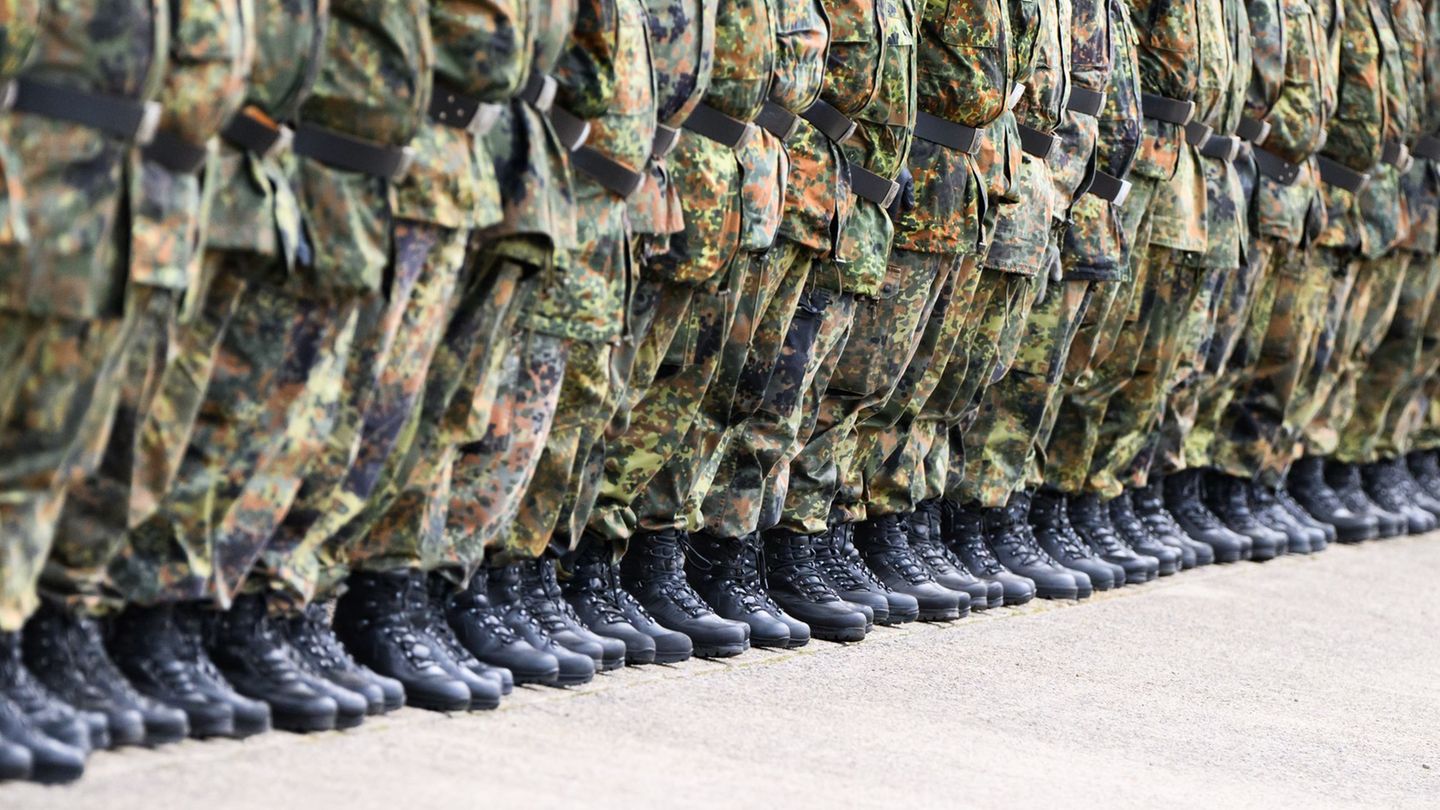Unleashed, the informal dollar climbed $4 last Friday and closed the week at an unprecedented $293, although averaging the day it marked an intraday high of $295.
It should be noted that the blue rose $21 between last Tuesday and Thursday, within the framework of a week in which the Government decided to apply new measures on the official dollar, in this case on the so-called tourist dollar.
The informal dollar had recorded its first drop in four days last Monday, as an initial reaction to the announcements of the Minister of Economy, Silvina Batakis. However, the downward trend has been abruptly cut off since Tuesday, when the parallel dollar began to break several nominal records.
The Economy Minister announced last Monday a series of measures aimed at reducing the high fiscal deficit and calming the financial markets.
Blue dollar price in July
During July, the blue dollar accumulates a rise of $53, which represents its biggest monthly advance in the year so far, after ending June at $238.
Let us remember that in June, the informal dollar advanced $31 (+15%), after rising $6.50 (3.2%) in May.
The parallel dollar rose 50 cents in April, and lost $11 in March, its worst performance in 14 months. Last February, it fell $6.50 (-3%), after rising $5 or 2.4% in January.
Price of the blue dollar in the year
So far this year, the informal dollar advances $83 after closing 2021 at $208.
During the past year, the blue dollar registered a rise of 25.3% ($42), half compared to the inflation of the period (50.9%). However, it is worth remembering that in 2020 it had shown a sharp jump of 111% (compared to 36% inflation).
What is the blue dollar?
The value of the blue dollar has a substantial difference with the official dollar, which is acquired in banks and has an established price. Its sale is in the informal market, without regulations or limits, and for this reason it is generally operated at a value greater than the official dollar.
Why is it called the blue dollar?
The origin of the blue dollar as a denomination for the operation of the banknote in the informal market is not clear. But there are theories.
An explanation of its name indicates that it is so called because in English, “blue”, in addition to naming the color blue, refers to something “dark”.
Another theory relates it to purchase operations through bonds or shares of companies known as “blue chips”. They also link it to the approximate color that appears when a fibron is applied to detect counterfeit bills.
Savings and tourist dollar quote
The savings dollar or solidarity dollar -retail plus tax- it rose 82 cents to $224.05.
For its part, the new tourist dollar, which in addition to the PAIS tax (30% surcharge) has a 45% collection for the advance to the Income and Personal Property Tax, it rose 87 cents to $237.63.
More news about the Blue Dollar and the Dollar
Source: Ambito
David William is a talented author who has made a name for himself in the world of writing. He is a professional author who writes on a wide range of topics, from general interest to opinion news. David is currently working as a writer at 24 hours worlds where he brings his unique perspective and in-depth research to his articles, making them both informative and engaging.




